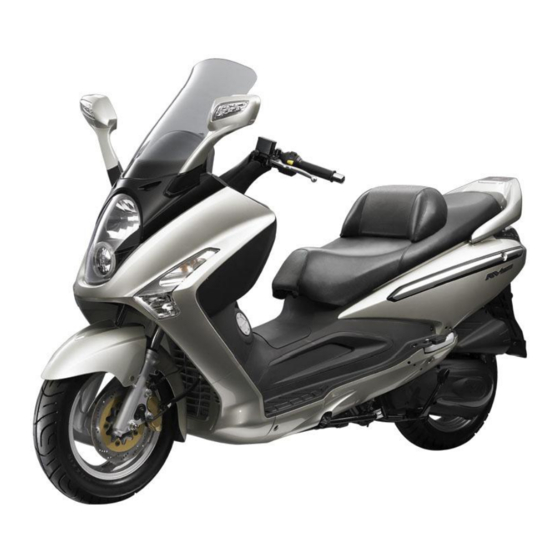
Sym GTS 250 Service Manual
Hide thumbs
Also See for GTS 250:
- Service manual (227 pages) ,
- Service manual (217 pages) ,
- User manual (34 pages)
Chapters
Table of Contents
Troubleshooting

















Need help?
Do you have a question about the GTS 250 and is the answer not in the manual?
Questions and answers